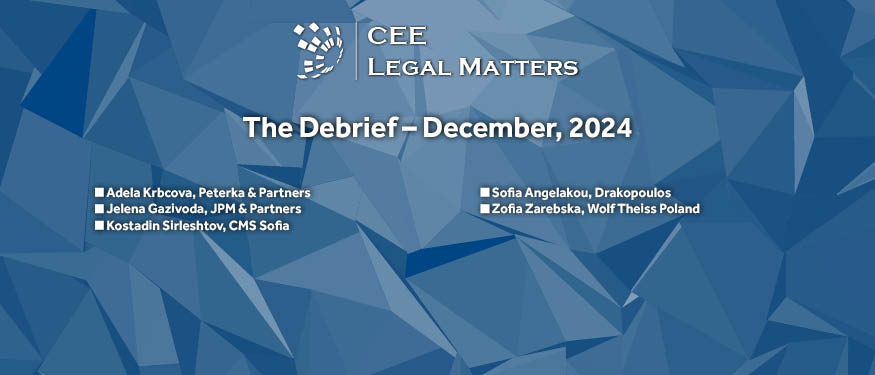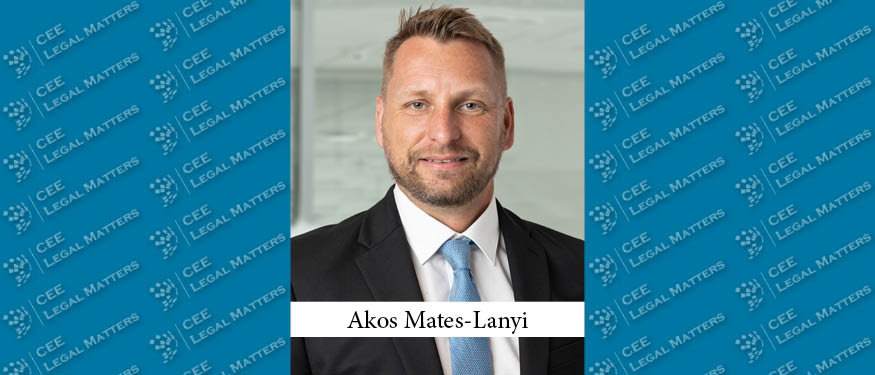Under Serbian law, insolvency proceedings for companies facing financial difficulties may be conducted as a bankruptcy or a restructuring.
Two types of restructuring are present in Serbia’s legal framework. Restructuring can be carried out through a Pre-Prepared Reorganization Plan (PPRP) or through a Reorganization Plan (RP) filed in bankruptcy proceedings (for convenience sake, we will refer to both PPRP and RP as “Restructuring Plans”).
There are two main types of Restructuring Plans: a) liquidation restructuring plans, where the main measure is the sale of a debtor and all of its assets, and, after creditors are settled with out of the proceeds of the sale, the debtor is liquidated; and b) recovery restructuring plans, in which measures are implemented that enable a debtor to continue its business activities and settle with creditors from ongoing business activities, without liquidation.
Since 2009, when the major innovations of the bankruptcy regulations in Serbia occurred, it became possible to use PPRP and to file a Restructuring Plan prior to the initiation of bankruptcy proceedings. PPRPs are carried out in the early stages of illiquidity, when the trust between the company and the creditors has not yet been broken. As the name suggests, it is a plan that is submitted in advance together with the proposal for initiating bankruptcy proceedings. The most important benefit of PPRP is that, upon its adoption by creditors before the court, a company avoids the quite severe consequences that accompany the commencement of bankruptcy proceedings. Upon adoption, the PPRP represents the new agreement between a company and all its creditors.
After the introduction of the PPRP into Serbian law a couple of major issues related to the plan became obvious. First, as soon as the PPRP was introduced into the Serbian legal system, companies started to file them in significant numbers. In order to avoid bankruptcy proceedings, debtors were incorporating in a PPRP whatever measures they needed to earn the support of creditors – very often despite lacking any capacity to actually fulfil those obligations. On the other side, creditors were in general supportive of PPRPs, hoping that the plans would help them collect on their claims, and disregarding the infeasibility of the PPRPs. Consequently, a very small number of adopted PPRPs were actually implemented. Since then, however, creditors have become much more careful in reviewing the capacities of debtors before approving PPRPs, and consequently the number of approved PPRPs has decreased.
The Court manages each restructuring process under Serbia’s Bankruptcy Law, However, Serbian regulations set out only a few – and rather formal – requirements which any Restructuring Plan must satisfy before creditors are given the opportunity to approve it by vote. One of the mandatory conditions is that a Restructuring Plan must provide a better recovery to creditors than they would have gotten in a standard bankruptcy proceeding. In addition, all creditors within one class must be settled in the same manner (in other words, treating creditors of the same class differently is strictly forbidden). The Restructuring Plan contains a list of all creditors segmented into different classes depending on their status (secured, unsecured, tax authorities, etc.) and is deemed adopted for one class of creditors, if creditors who hold the simple majority of claims in respect to the aggregate claims of creditors in that class have voted for it. As a result, creditors have been given much more control over the process, while the involvement of the court is quite limited.
The Serbian market is expecting amendments to the insolvency and restructuring regulations. The most significant of these amendments will solve the aforementioned issues and shorten the restructuring process.
By Milos Vulic, Managing Partner, Vulic Law
This Article was originally published in Issue 8.3 of the CEE Legal Matters Magazine. If you would like to receive a hard copy of the magazine, you can subscribe here.






















